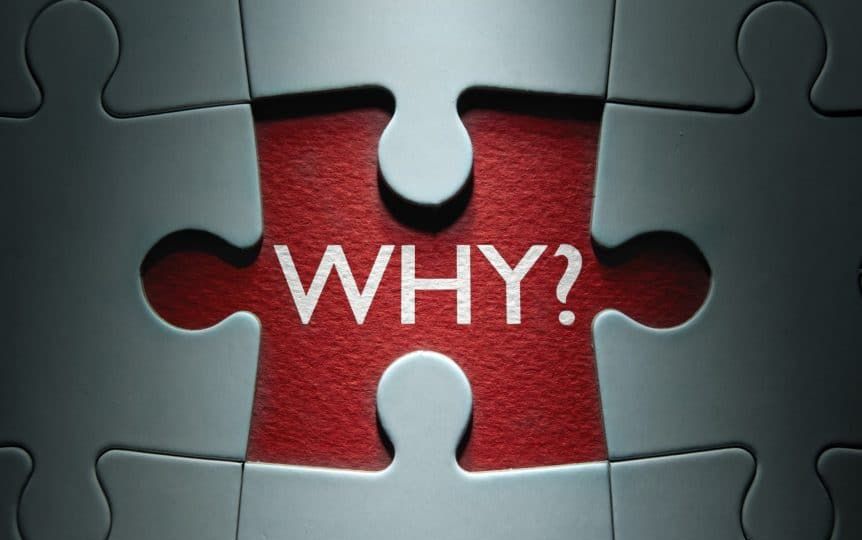
In my last post, I outlined how the results of a team are directly related to the conversations it is having, the conversations that are not happening, and the quality of those conversations that are taking place. We believe a high performing team has a rhythm of conversation based around the five centers in our model.

Now that you understand the overall rhythm of conversation, I am going to dive into each of them in detail starting with Why.
Do You Need a team?
The first question when forming a team is why do I need one. This is more fundamental than what is its purpose. The only reason we should ever form a team is to generate an outcome we can’t achieve if we worked alone or as a collection of individuals. If the outcome does not require a group of people to collaborate and create something together, don’t form a team. Teams take effort to create and sustain, if you don’t need one, don’t start one. Common business sense implies you should always create a team and that is dead wrong. Instead ask yourself, what will we get done in this team that we can’t generate alone?
The Promise and Customer
I am going to assume you’ve assessed you need to form a team. The next question to ask is for what purpose are we forming the team and who is its customer. The purpose of a team is its reason for being, the promise it is going to fulfill. All promises have a customer, and in our definition, the customer is the person(s) who declares satisfaction or dissatisfaction at the completion of the promise. They have an unmet need they want to be fulfilled, and once the outcome has been completed, they will assess whether that need has been fulfilled.
At this point in a team’s life cycle, it most likely will not have any members. You as the leader commonly have been asked to form a team by the customer to create an outcome. Once you have agreed the promise and outcome with the customer, you are ready to assess the type of team required to deliver it.
The Cycle of Why
According to most team development models, you are done when the team’s purpose/promise is agreed with its customer. Check the box and move along to the next lifecycle stage. We see this very differently because we live in a dynamic ever-changing world. The Why of the team will change over time, perhaps the customer’s needs change, once you’ve brought on your team they have other ideas how to create value, etc, etc. To take account of this, we revisit the Why of a team on a regular cadence, checking in to make sure it is still relevant and optimal.
Common Breakdowns
Like most team leaders, you probably understand all of the above and it is pretty simple. Problems occur when these conversations don’t happen in a quality manner or even worse when they are absent. Here are a couple of common breakdowns in the Why space we come across:
- No customer of the team: I coached the leader of a multi-million dollar project. The team was working well with a goal to create a product for use by another internal group. The leader was excited about it, and I asked who his customer was. I didn’t get a name so I persisted until he said it was a GM in a peer group. I asked if the GM was committed to the outcome they were creating. He said he would be when they were done because it was going to be exactly what they needed. What he really said was, “We don’t have a customer and when they see what we have created they are going to love it”. I insisted he ask the GM now to validate his belief and the GM responded he wasn’t their customer because he didn’t need it. This example may sound dumb, but have you ever been so convinced by something that you go ahead and build it anyway? This breakdown led to a significant amount of wasted resource and the team leader’s reputation was seriously damaged.
- Lack of shared purpose: High performing teams have a key ingredient, shared commitment. When everyone is committed to achieve the same outcome, the role of the leader becomes that of a guide. They don’t need to cajole others into action, team members readily volunteer, they hold each other accountable in a positive way. This only occurs when each team member understands the purpose and can connect it to what is most important to them. Without this, you only have compliance and it isn’t sustainable. Take time with the team and each team member to ensure the purpose is clear and is aligned to what they care about. This is a surefire way to start your team off on the right foot.
What has your experience been with teams in the Why space? What worked well and what breakdowns have you observed?
In the next post, I will move on to the conversations of Form. These are all about designing and forming your best team.

